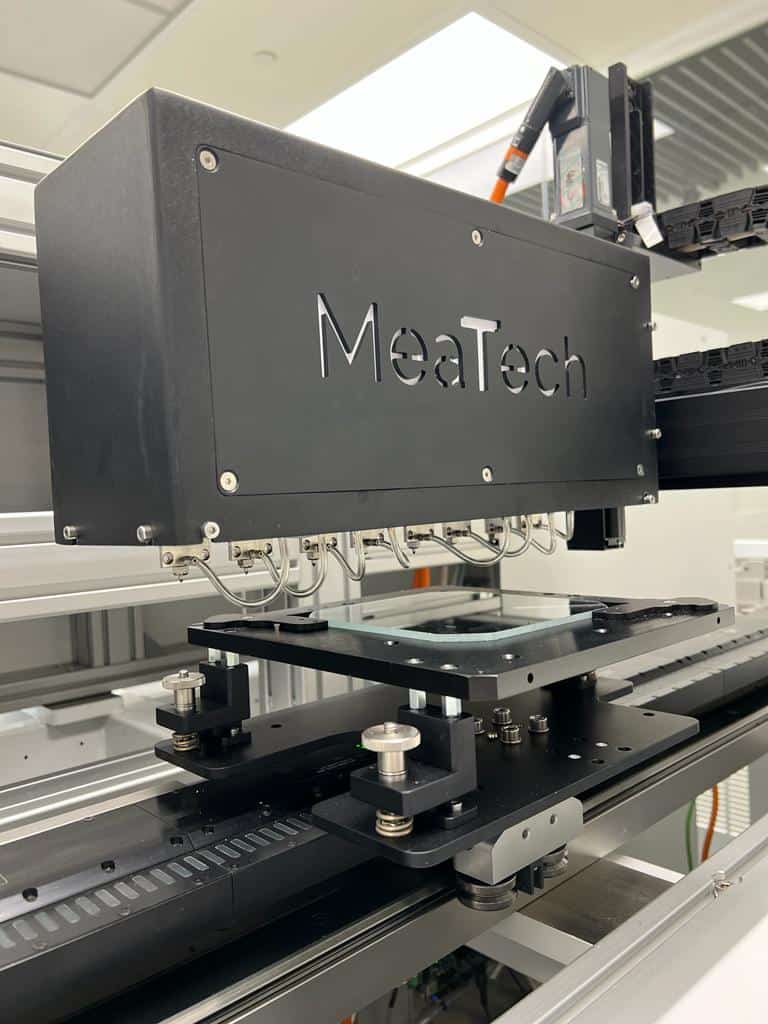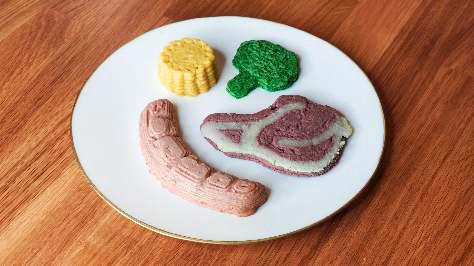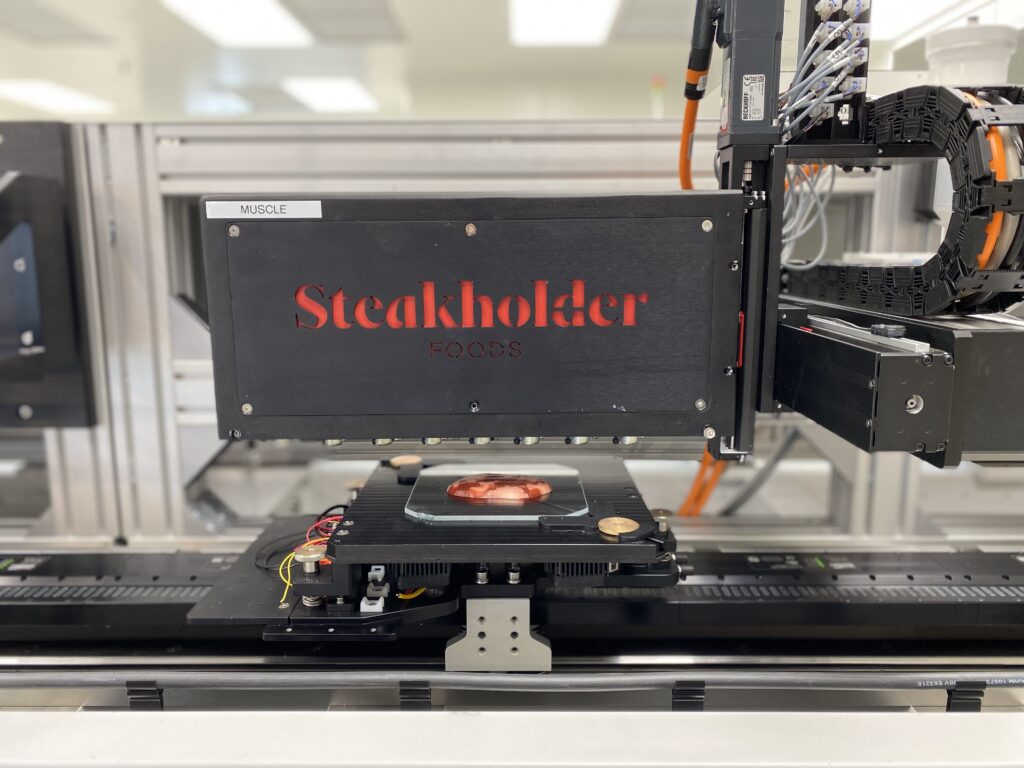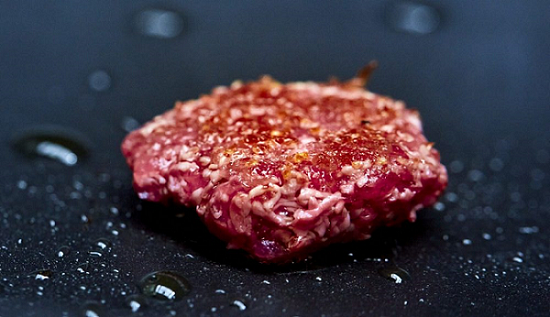For several years, 3D printed meat and other foods have garnered significant attention, fueling both innovation and investment. Companies in this space have gone public and secured tens of millions in venture capital funding, introducing groundbreaking advances along the way. The allure lies in the technology’s transformative potential: it offers a way to indulge in succulent meats without ethical compromise or environmental impact.
The Need for 3D Printed Food
Meat production currently occupies 80% of agricultural land, yet it provides just a fifth of our caloric intake. As emerging economies prosper, the demand for meat will likely rise, putting even more strain on limited resources. Climate change exacerbates the issue, making arable land scarcer and farming increasingly susceptible to disasters and resource depletion. These factors make a compelling case for veganism as the logical and ethical choice.
The ethical dilemma extends beyond environmental concerns; it delves into animal welfare. Even if some livestock experience relatively humane conditions, the vast majority live under stressful, painful, and, quite frankly, horrific circumstances. This grim reality clashes with society’s moral compass, much like the treatment of prisoners can reflect a nation’s ethical standing. If humanity were judged by how we treat the two billion livestock raised for meat and dairy, we’d likely face harsh criticism. A few more welfare standards and a modest increase in cost could vastly improve the lives of these animals, but our indifference mirrors that of a teen smoker, neglectful of both our bodies and the planet.
Even if livestock were well cared for, the ethical implications of raising creatures only to kill them for a more flavorful meal are deeply unsettling. We’re crowding our planet with poorly kept animals for the sake of fleeting pleasures. When considering Earth as an interconnected system, the rationale for consuming meat crumbles, appearing as an inherently flawed practice.
A Quarter of the Planet

Multi-nozzle 3D bioprinter at Steakholder Foods headquarters in Rehovot, Israel. Image courtesy of Steakholder Foods.
Farming takes up an astonishing 38% of Earth’s total land surface, with livestock grazing alone accounting for 25%. Imagine a four-story building where an entire floor is dedicated just to consuming one type of food; that’s how disproportionate our use of resources is for meat production. The need for a more sustainable solution is evident. One approach involves growing proteins and fats in a lab, then using 3D printing techniques to structure these into fibers or cells that replicate or even surpass the taste of traditional meat. These cells could be sourced from the stem cells of a single animal, potentially saving millions of others in the process. Alternatively, these meat cells could be partially or entirely replaced with appropriately structured fungi or other similar materials, allowing further optimization of both taste and nutritional value.
This innovation could revolutionize our food system by drastically reducing the need for transportation, animal feed, CO2 emissions from livestock, water, and land use—making it a potentially planet-saving, humanity-saving solution. Yet, as a species, we haven’t shown a strong inclination towards logic in our choices. Despite the obvious benefits, there’s still no widespread movement to abandon meat consumption for more sustainable alternatives. The sad reality is that many of us prioritize our taste buds over the well-being of others and the planet.
Scale
Several challenges could impede the rise of 3D-printed food. A primary concern is the term “lab-grown meat,” which needs rebranding for wider acceptance. Names like “Ethical Meat” or “New Meat” might be more palatable to consumers. Additionally, the initial phase of growing nutrients in a lab is both resource- and energy-intensive, and it hasn’t yet seen much scaling. To reach volumes comparable to fast-food giants, the 3D printing industry would need to develop capacities and speeds far beyond current capabilities.
To put it in perspective, global meat consumption amounts to around 350 million tonnes annually. Even the fastest 3D printing processes, like direct energy deposition, can only produce 20 kilograms per hour. Light-based technologies may reach up to 100 liters an hour, which is suitable for high-value additive manufacturing applications but inadequate for large-scale meat production. Thus, truly game-changing technology will be required to make 3D printed food a reality at mass scale. Furthermore, for adoption to become widespread, costs will have to significantly decrease from their current levels.
Now that we’ve discussed the state of 3D printed food and its challenges, let’s move on to my central question.
Raw

3D printed steak, sausage, corn and broccoli safe for people with dysphagia. Image courtesy of Natural Machines.
Various processes and technologies exist in the world of 3D-printed food. Whether derived from cellular agriculture or plant-based sources, these foods are generally designed to be cooked, often through frying. 3D printed steaks are engineered to resemble raw meat and are intended to undergo traditional cooking methods. But this raises an important question: Why? Why are these foods made to mimic conventional meats both in appearance and cooking process?
What if the focus shifted toward optimizing for taste alone, independent of traditional preparation methods? Imagine a steak crafted for microwave or sous-vide cooking—just place it in a bag, heat it in water for ten minutes, and voila, a perfect steak! If a microwave can perfectly cook a sweet potato, why not a 3D-printed steak? What about creating shelf-stable products? Or what if the food looked entirely different when purchased but transformed into a picture-perfect steak upon cooking?
Consider a fast-food application: What if the raw product looked like a green slurry but was engineered to taste fantastic once cooked? Why adhere to the familiar processes associated with conventional steak when the goal is a new, sustainable food source? After all, we’ve already moved past hand-tossing our frozen pizzas and physically shaking our milkshakes. Why not innovate further when it comes to 3D printed food?
Milk Shakers
In the video below, you’ll see a milkshake mixer from the 1890s in action. If you’ve ever wondered why they’re called “milkshakes” when most are made in a blender these days, this is the historical context: they were originally shaken. But as soon as faster, automated technology became available, the method switched. Take McDonald’s for example; they pump air into soft-serve ice cream to create milkshakes. There’s no elaborate facade involving a massive shake machine to maintain the illusion. As technology evolves, so do our methods, often without concern for nostalgic fidelity to the original process.
I get the rationale behind replicating traditional processes and procedures to make alternative foods feel more authentic. It’s akin to how some people report feeling buzzed when drinking alcohol-free beer in a bar setting—a mix of placebo effect and the power of habit and context. Additionally, I understand the strategic value of initially marketing these products through high-end restaurants and chefs to build strong brands.
However, one has to wonder: is this mimicry truly necessary for long-term success? Will an inherently superior product ultimately prevail, regardless of its resemblance to traditional foods? If a company invests $100 million and a decade of research to create a 3D printed steak that perfectly mimics the look of raw and cooked conventional steak, will that guarantee market dominance? Or could a product that diverges from these norms but excels in taste and sustainability capture consumer loyalty?
My belief is that the person focusing instead on the best steak for eating will win. It may look very different in the beginning but in the end it’s the eating that counts. If you make the product taste good then people will eat it and keep eating it. Look at the, low quality, video above. It’s hilarious because you get to see Jaime Oliver trying to get kids to revaluate their love for chicken nuggets, and it ends with sheer disappointment, for Mr. Oliver.
I’m of the opinion that the ultimate winner in the alternative meat market will be the one who focuses on creating the best-tasting product, rather than the most visually accurate replica. The form might differ initially, but it’s the taste experience that ultimately matters to consumers. If a product tastes good, people will eat it—and continue to eat it.
Subscribe to Our Email Newsletter
Stay up-to-date on all the latest news from the 3D printing industry and receive information and offers from third party vendors.
You May Also Like
3D Printed Heat Spreader Could Improve Efficiency of Electronics
The low-hanging fruit for decarbonization has long been improving the efficiency of existing systems, hence the justification for LED lights and ENERGY STAR certified appliances. While such minor moves are...
3D Printing News Unpeeled: Marine Gearboxes, 3D Printed Motors and $1.7 Million in Seed Funding
UK based Equipmake just released their Ampere-220 e-axle system. The system, which is meant for high performance electric cars, was similar to one released on the Ariel HIPERCAR. It has...
CEAD Unveils 36-Meter-Long 3D Printer for Abu Dhabi’s Al Seer Marine
CEAD, a Dutch original equipment manufacturer dedicated to large-format 3D printers, has unveiled what it claims to be the world’s largest robotic arm-based 3D printer. At 36 meters long and...
3D Printed Biocomposites Could Help Reduce Marine Plastic Pollution
Concerns about the impact of plastic litter and microplastics in the oceans are at the forefront of environmental study. For decades, the marine environment has suffered from the degradation of...






































